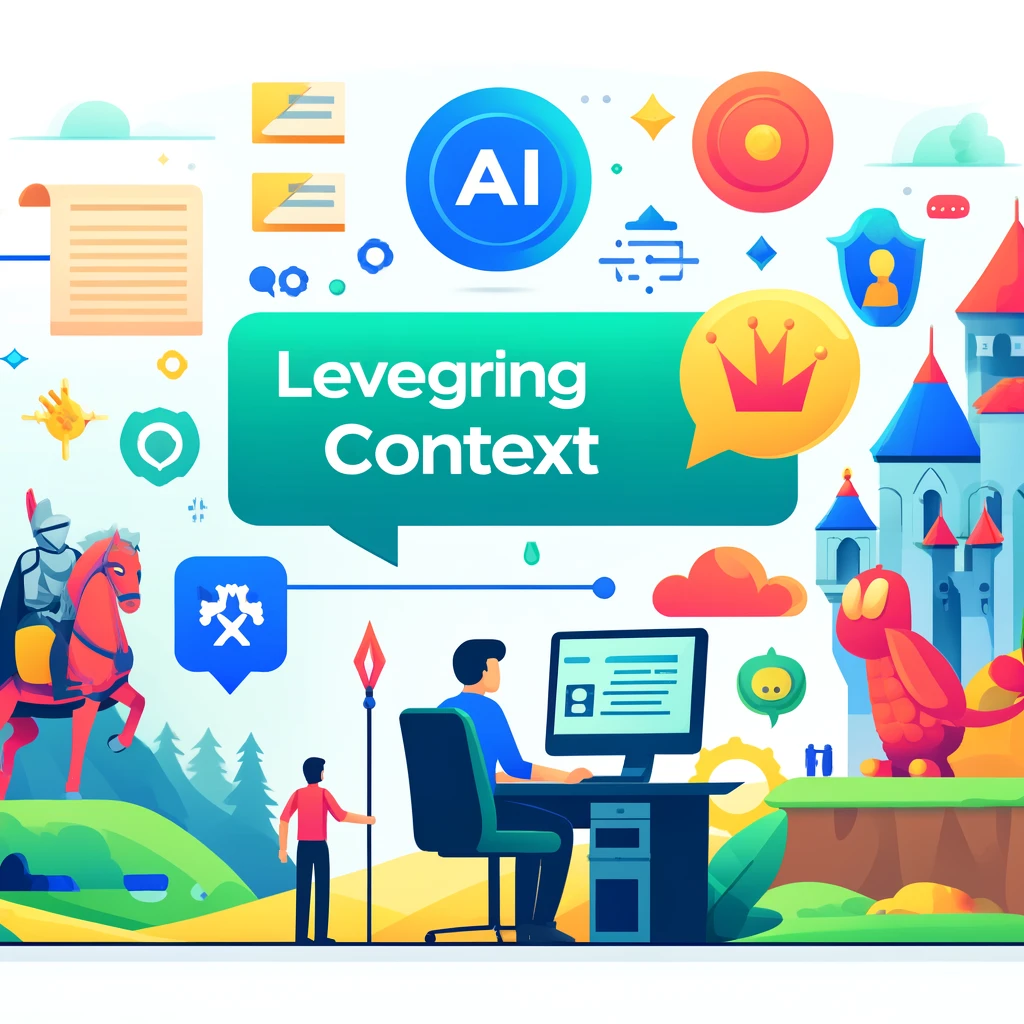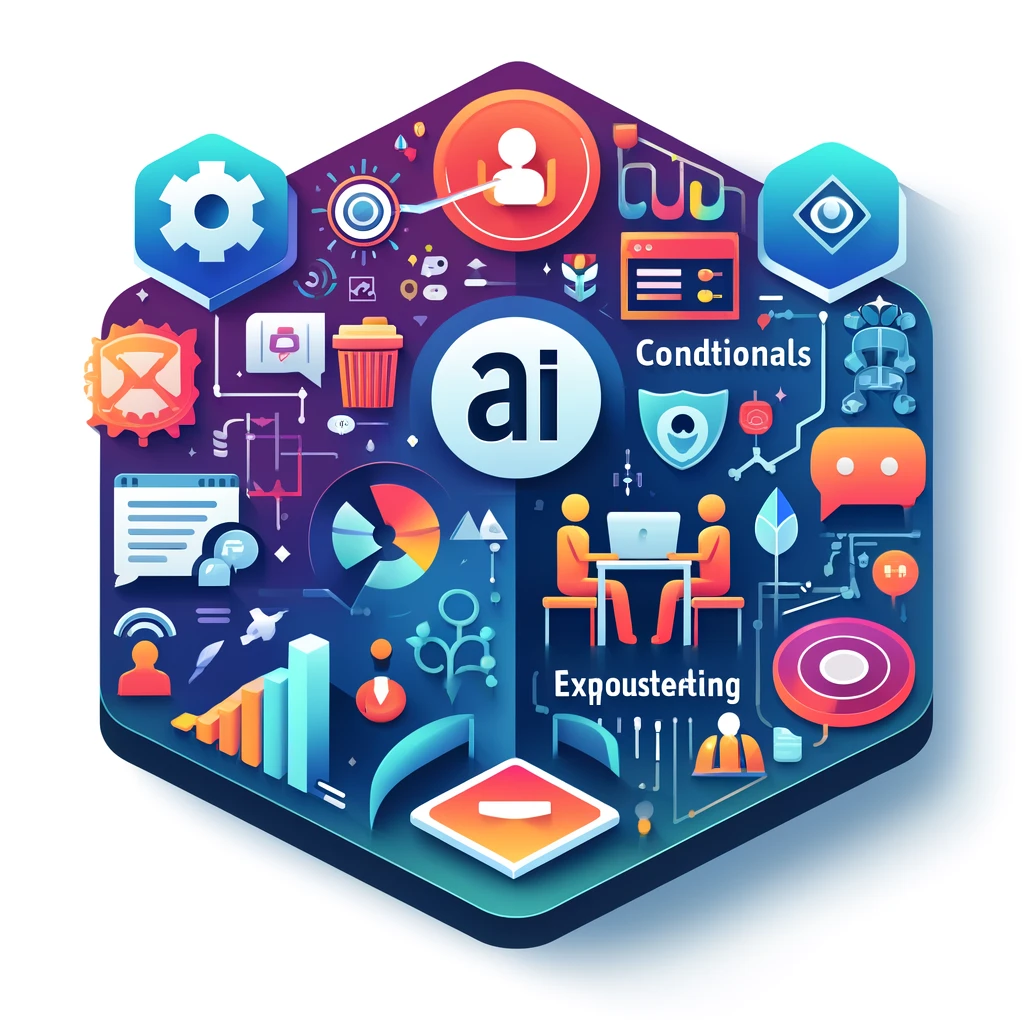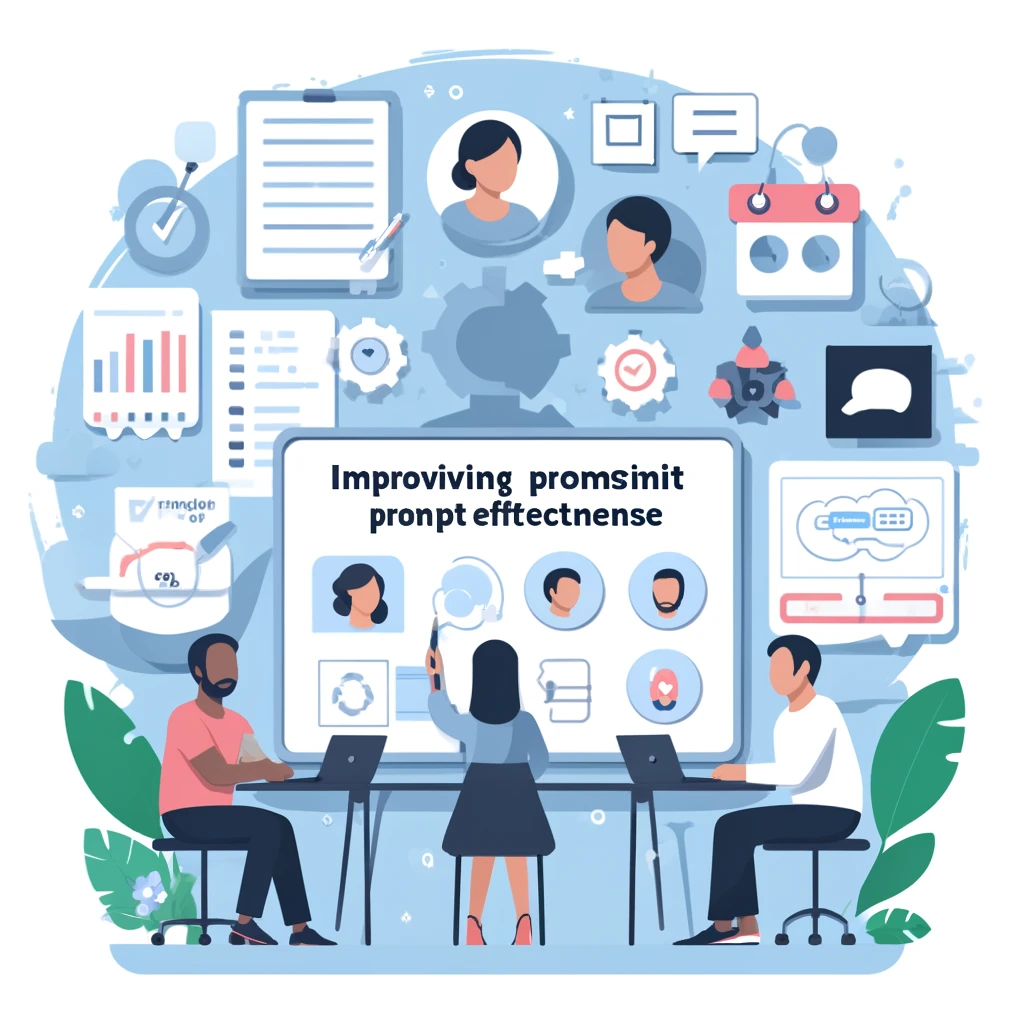
Leveraging Context in Prompts
Let’s take a deeper look at leveraging context in prompts. Context is a powerful tool that can significantly improve the quality of your AI’s responses.
Introduction
Context provides background information that helps the AI understand and generate relevant responses. It’s all about giving the AI enough information to work with. By including relevant context, you can guide the AI to produce more accurate and useful outputs.
Techniques for Leveraging Context
Here are some techniques for leveraging context in your prompts:
- Provide Relevant Background Details:
Include any information that can help the AI understand the request better. This could be prior events, specific circumstances, or necessary details about the task at hand. Providing background details helps the AI generate responses that are more accurate and relevant to your needs.
Example: "Write a story about a knight. The knight lives in a kingdom under threat from a dragon."
- Set the Scene:
Describe the setting or scenario to give the AI a clear picture of what you’re asking for. Setting the scene helps the AI understand the environment and the context of the prompt, leading to more immersive and accurate responses.
Example: "Describe a day in the life of an astronaut on the International Space Station, conducting experiments in microgravity."
- Use Previous Interactions:
Reference previous prompts and responses to maintain continuity and coherence. This technique helps the AI to build upon earlier interactions, creating a more cohesive and logical flow of information. It also helps the AI remember the context of the conversation.
Example: "Based on our previous discussion about climate change, summarize the main points we covered."
- Include Specific Details:
Specific details help the AI understand exactly what you need. This can include names, places, times, or any other specific information relevant to the prompt. The more detailed you are, the more accurate the AI’s response will be.
Example: "Write a news article about the recent scientific discovery in quantum computing at MIT."
- Clarify the Purpose:
Explain why you are asking the question or requesting the task. Understanding the purpose can help the AI provide more tailored and relevant responses. Clarifying the purpose gives the AI context about your goals and objectives.
Example: "I need to prepare a presentation for my environmental science class. Explain the process of recycling and its benefits."
- Use Real-World Context:
Incorporate real-world scenarios and events to make the prompts more relatable and engaging. This helps the AI provide responses that are grounded in reality and relevant to current events.
Example: "Discuss the impact of the COVID-19 pandemic on global supply chains and suggest potential solutions."
- Frame as a Dialogue:
Structure your prompts as a dialogue to create a more conversational and interactive experience. This approach can make the interaction feel more natural and engaging for both you and the AI.
Example: "In our previous conversation, you mentioned the benefits of renewable energy. Can you elaborate on how solar and wind energy compare in terms of efficiency and cost?"
- Use Sequential Prompts:
Break down complex tasks into a series of sequential prompts. This step-by-step approach helps the AI process each part of the task thoroughly and generate more accurate and detailed responses.
Example: "First, explain the concept of blockchain technology. Next, discuss its applications in the finance industry. Finally, analyze the potential challenges and limitations."
- Incorporate User Feedback:
Include feedback or preferences from previous interactions to guide the AI’s responses. This technique helps the AI learn from past interactions and tailor its responses to better meet your needs.
Example: "Last time, you provided an overview of machine learning. This time, focus on supervised learning techniques and provide examples of real-world applications."
- Ask Clarifying Questions:
If the AI’s initial response is unclear or incomplete, ask follow-up questions to gather more information. Clarifying questions help refine the AI’s understanding and improve the quality of its responses.
Example: "You mentioned that blockchain improves security in financial transactions. Can you explain how it does this and provide an example?"
Example Prompts
Let’s look at some examples to understand how to leverage context effectively:
Without Context: "What should I do next?"
With Context: "I've just finished writing a chapter of my novel about a detective. What should I do next to develop the plot further?"
Without Context: "Explain photosynthesis."
With Context: "I'm preparing a biology report for school. Explain the process of photosynthesis in plants, including the roles of chlorophyll and sunlight."
Without Context: "Describe a historical event."
With Context: "Describe the events leading up to the fall of the Berlin Wall and its impact on Germany."
Without Context: "Give me some advice."
With Context: "I’m thinking about starting a small business in digital marketing. Give me some advice on the initial steps and common challenges."
Without Context: "Tell me about space."
With Context: "I’m writing a paper on astronomy. Explain the formation and structure of the Milky Way galaxy, including its key components and features."
Without Context: "What are the benefits of exercise?"
With Context: "I’m creating a fitness plan for beginners. Explain the benefits of regular exercise, focusing on cardiovascular health and mental well-being."
Without Context: "What are the main features of your software?"
With Context: "I’m considering using your project management software for my team. Explain the main features of your software, including task tracking, collaboration tools, and reporting capabilities."
Without Context: "Explain machine learning."
With Context: "I’m giving a presentation on emerging technologies. Explain the basics of machine learning, including its key concepts and applications in various industries."
Interactive Scenarios
Practice applying context in different scenarios. Here’s an example:
Scenario: You are working on a project about renewable energy.
Initial Prompt: "Explain the benefits of renewable energy."
Contextual Prompt: "We are focusing on solar and wind energy for our project. Explain the benefits of these renewable energy sources."
Share your prompts and discuss how context influenced the AI’s responses. Compare your approaches with others and learn from different perspectives.
Additional Examples
Here are more examples to help you practice leveraging context effectively:
Without Context: "Describe a historical event."
With Context: "Describe the events leading up to the fall of the Berlin Wall and its impact on Germany."
Without Context: "Give me some advice."
With Context: "I’m thinking about starting a small business in digital marketing. Give me some advice on the initial steps and common challenges."
Without Context: "Tell me about space."
With Context: "I’m writing a paper on astronomy. Explain the formation and structure of the Milky Way galaxy, including its key components and features."
Without Context: "What are the benefits of exercise?"
With Context: "I’m creating a fitness plan for beginners. Explain the benefits of regular exercise, focusing on cardiovascular health and mental well-being."
Without Context: "What are the main features of your software?"
With Context: "I’m considering using your project management software for my team. Explain the main features of your software, including task tracking, collaboration tools, and reporting capabilities."
Without Context: "Explain machine learning."
With Context: "I’m giving a presentation on emerging technologies. Explain the basics of machine learning, including its key concepts and applications in various industries."
Conclusion
Understanding and utilizing context will elevate your prompt engineering skills. Keep practicing and refining your ability to provide relevant context in your prompts. The more context you provide, the better the AI will understand and respond to your requests. Leveraging context not only improves the accuracy and relevance of AI responses but also enhances the overall interaction experience.
Remember, practice makes perfect. Continuously experiment with different types of context and observe how they affect the AI’s output. Share your findings and learn from others to keep improving your prompt engineering skills.
Example Prompts
Let’s look at some examples to understand how to leverage context effectively:
Without Context: "What should I do next?"
With Context: "I've just finished writing a chapter of my novel about a detective. What should I do next to develop the plot further?"
Without Context: "Explain photosynthesis."
With Context: "I'm preparing a biology report for school. Explain the process of photosynthesis in plants, including the roles of chlorophyll and sunlight."
Interactive Scenarios
Practice applying context in different scenarios. Here’s an example:
Scenario: You are working on a project about renewable energy.
Initial Prompt: "Explain the benefits of renewable energy."
Contextual Prompt: "We are focusing on solar and wind energy for our project. Explain the benefits of these renewable energy sources."
Share your prompts and discuss how context influenced the AI’s responses. Compare your approaches with others and learn from different perspectives.
Additional Examples
Here are more examples to help you practice leveraging context effectively:
Without Context: "Describe a historical event."
With Context: "Describe the events leading up to the fall of the Berlin Wall and its impact on Germany."
Without Context: "Give me some advice."
With Context: "I’m thinking about starting a small business in digital marketing. Give me some advice on the initial steps and common challenges."
Without Context: "Tell me about space."
With Context: "I’m writing a paper on astronomy. Explain the formation and structure of the Milky Way galaxy, including its key components and features."
Without Context: "What are the benefits of exercise?"
With Context: "I’m creating a fitness plan for beginners. Explain the benefits of regular exercise, focusing on cardiovascular health and mental well-being."
Without Context: "What are the main features of your software?"
With Context: "I’m considering using your project management software for my team. Explain the main features of your software, including task tracking, collaboration tools, and reporting capabilities."
Without Context: "Explain machine learning."
With Context: "I’m giving a presentation on emerging technologies. Explain the basics of machine learning, including its key concepts and applications in various industries."
Conclusion
Understanding and utilizing context will elevate your prompt engineering skills. Keep practicing and refining your ability to provide relevant context in your prompts. The more context you provide, the better the AI will understand and respond to your requests. Leveraging context not only improves the accuracy and relevance of AI responses but also enhances the overall interaction experience.

Advanced Techniques in Prompt Engineering
Explore advanced techniques in prompt engineering, including dynamic prompt generation and chaining. Enhance your skills with these expert strategies.
View
Techniques for Improving Prompt Effectiveness
Learn techniques for improving the effectiveness of your prompts. Discover tips and examples to enhance your AI interactions and achieve better results.
View


